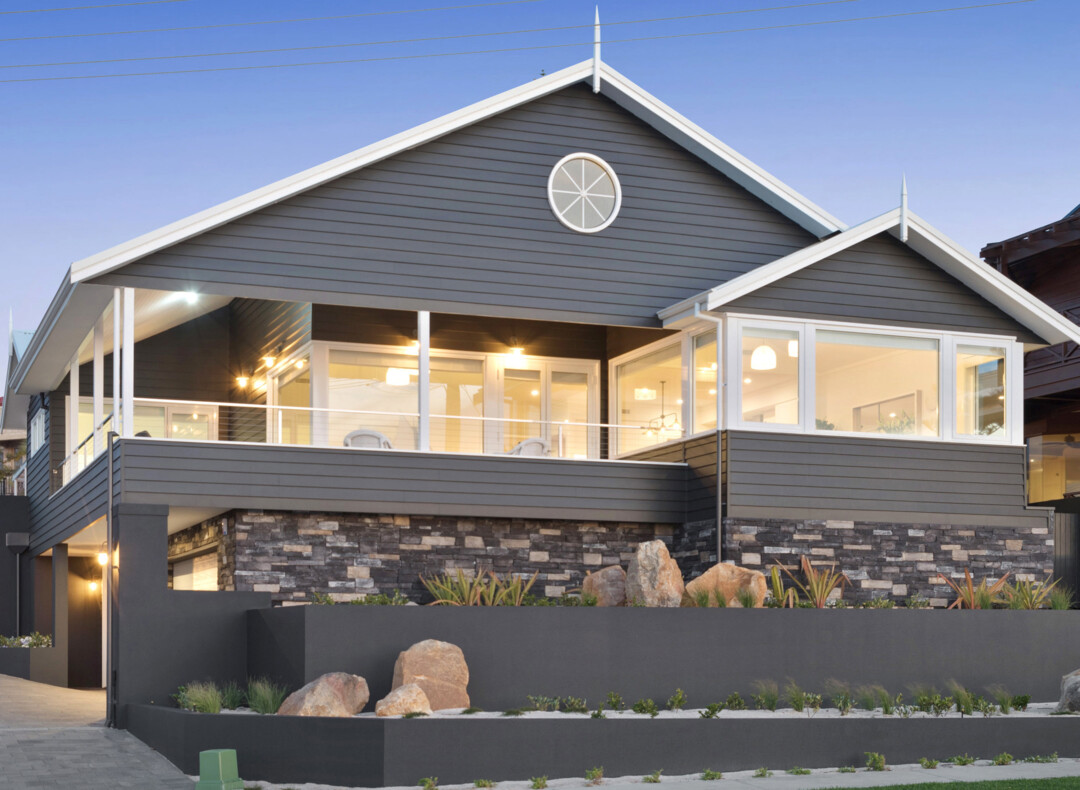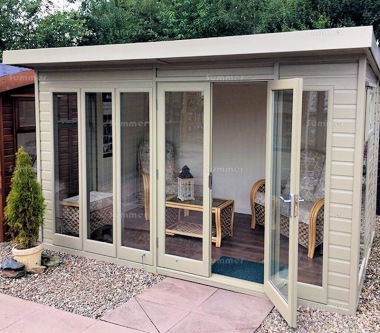All Categories
Featured
Table of Contents
Glass Selector - Custom Single & Double Glazed ... in West Perth Western Australia
Glazing merely suggests the windows in your house, consisting of both openable and fixed windows, along with doors with glass and skylights. Glazing really just suggests the glass part, but it is normally utilized to refer to all aspects of an assembly including glass, movies, frames and furnishings. Focusing on all of these aspects will help you to accomplish effective passive style.

Energy-efficient glazing makes your house more comfortable and drastically lowers your energy expenses. Nevertheless, improper or inadequately designed glazing can be a major source of undesirable heat gain in summer season and substantial heat loss and condensation in winter season. Up to 87% of a house's heating energy can be acquired and as much as 40% lost through windows.
Climateframe Double Glazing: Perth's Double Glazed ... in Mount Lawley WA
Glazing is a considerable financial investment in the quality of your house. The cost of glazing and the expense of heating and cooling your home are closely associated. A preliminary financial investment in energy-efficient windows, skylights and doors can considerably minimize your yearly heating & cooling bill. Energy-efficient glazing also decreases the peak heating and cooling load, which can minimize the needed size of an air-conditioning system by 30%, resulting in further expense savings.

This tool compares window selections to a base level aluminium window with 3mm clear glass. Comprehending some of the key residential or commercial properties of glass will help you to select the best glazing for your home. Key properties of glass Source: Adjusted from the Australian Window Association The amount of light that travels through the glazing is understood as visible light transmittance (VLT) or visible transmittance (VT).
The Best Double Glazing Companies In Canberra in Byford Perth
The U value for windows (revealed as Uw), describes the conduction of the whole window (glass and frame together). The lower the U worth, the higher a window's resistance to heat circulation and the better its insulating value.
For instance, if your home has 70m2 of glazing with aluminium frames and clear glass with a U worth of 6. 2W/m2 C, on a winter's night when it is 15C chillier outside compared to inside, the heat loss through the windows would be: 6. 2 15 70 = 6510W That is comparable to the overall heat output of a large space gas heating system or a 6.
Double Glazed Windows – Their Amazing Benefits For ... in Cannington Perth
If you choose a window with half the U worth (3. 1W/m2 C) (for example, double glazing with an argon-filled space and less-conductive frames), you can cut in half the heat loss: 3. 1 15 70 = 3255W The solar heat gain coefficient (SHGC) for windows (expressed as SHGCw) determines how easily heat from direct sunshine streams through a whole window (glass and frame together).
The lower a window's SHGC, the less solar heat it transfers to the house interior. Glazing producers state an SHGC for each window type and style. Nevertheless, the real SHGC for windows is affected by the angle that solar radiation strikes the glass. This is called the angle of occurrence.
Double-glazing Versus Low-e Glass in Beechboro WA
When the sun is perpendicular (at 90) to the glass, it has an angle of occurrence of 0 and the window will experience the optimum possible solar heat gain. The SHGC stated by glazing manufacturers is always calculated as having a 0 angle of occurrence. As the angle increases, more solar radiation is shown, and less is sent.
Table of Contents
Latest Posts
Reglazing Single Glazed Windows With Double Glazed Units in White Gum Valley Western Australia
Replacement Double Glazing - Upvc Windows in Kingsley Perth
Energy Efficiency With Double Glazed Windows 2023 in Como Perth
More
Latest Posts
Reglazing Single Glazed Windows With Double Glazed Units in White Gum Valley Western Australia
Replacement Double Glazing - Upvc Windows in Kingsley Perth
Energy Efficiency With Double Glazed Windows 2023 in Como Perth